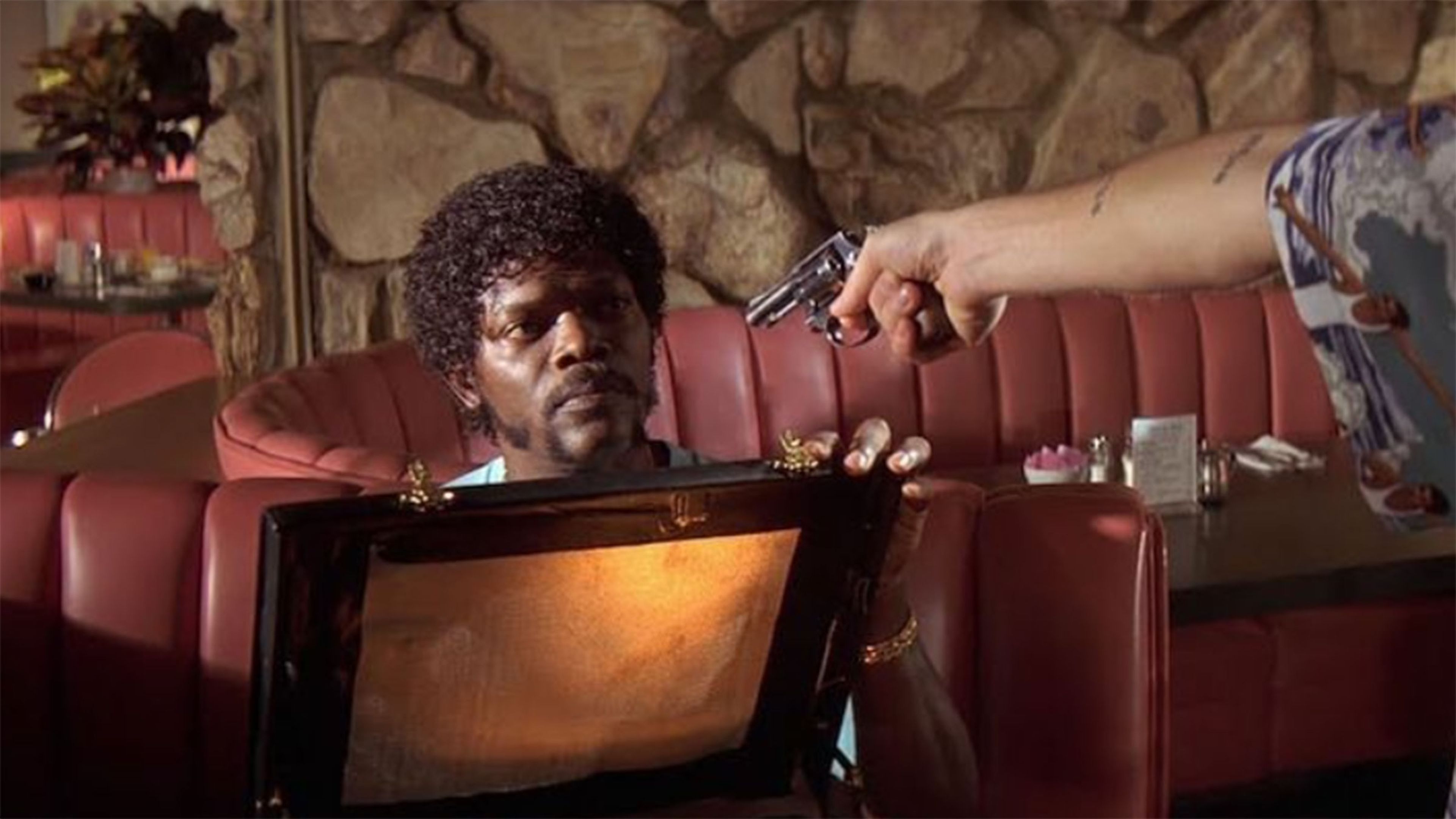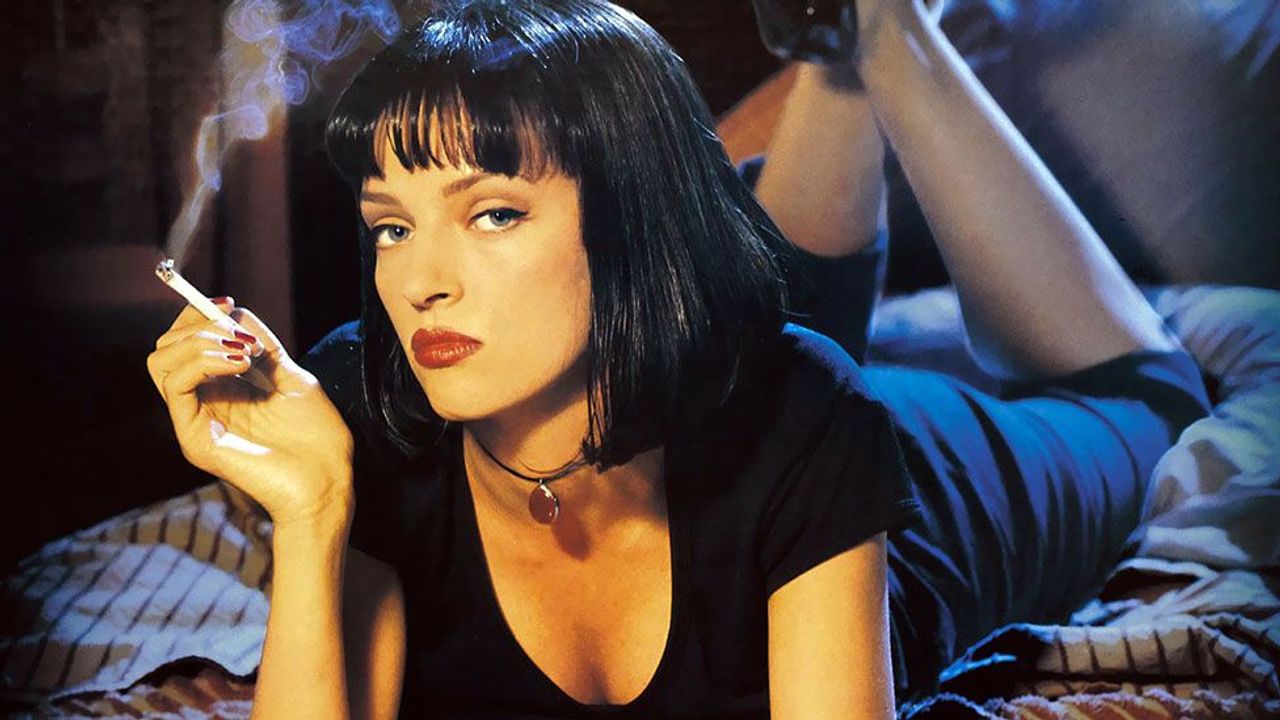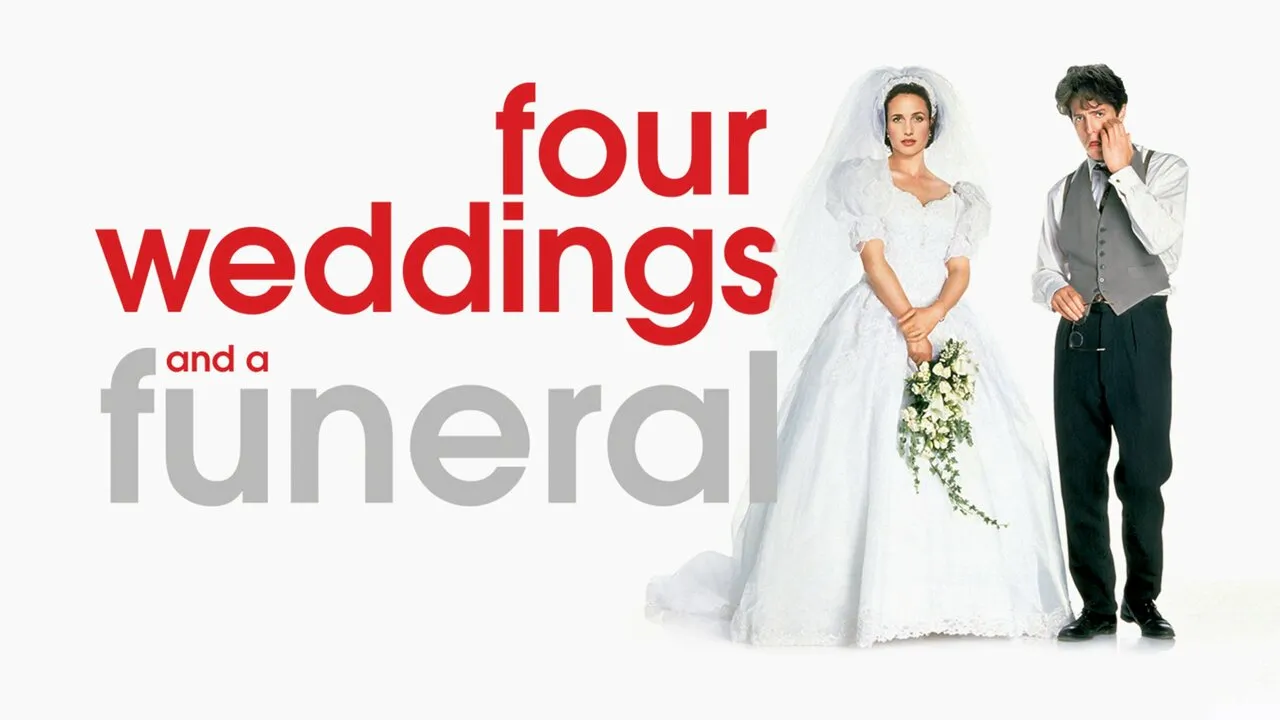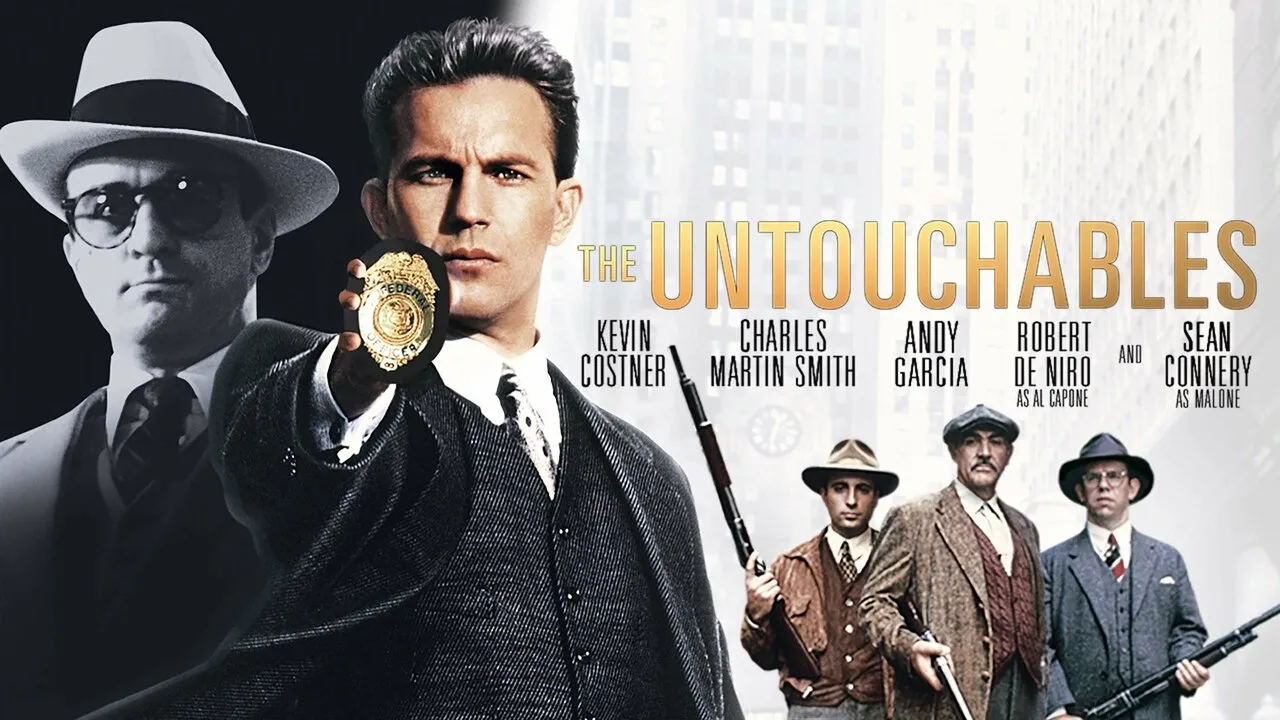Quentin Tarantino’s Pulp Fiction isn’t just a film — it’s a cultural event that changed the landscape of modern cinema. Released in 1994, it shocked, amused, and inspired audiences with its non-linear storytelling, unforgettable dialogue, and hyper-stylized violence. A film where philosophical hitmen quote Bible verses, petty criminals debate fast food in Europe, and a glowing briefcase sparks decades of theories, Pulp Fiction became a defining film of the '90s and remains one of the most influential movies ever made.
But what if Tarantino’s world of crime, irony, and redemption didn’t end with a diner standoff or a miraculous bullet miss? What if the briefcase opened again? What if some of these characters — or new ones — continued walking through the morally grey, pop-culture-soaked world of Pulp Fiction?
Told out of chronological order and split into interwoven chapters, Pulp Fiction follows several characters on violent, absurd, and oddly existential journeys. We meet Vincent Vega (John Travolta) and Jules Winnfield (Samuel L. Jackson), two hitmen working for L.A. crime boss Marsellus Wallace (Ving Rhames). Their paths cross with Mia Wallace (Uma Thurman), Butch Coolidge (Bruce Willis) — a boxer who double-crosses the mob — and a host of minor yet memorable characters who make up the film’s electric, surreal tapestry.
The film begins and ends in a diner held up by two robbers, Honey Bunny and Pumpkin. But in between we see a date gone wrong (and very drug-fueled), a boxer fleeing from vengeance, a bloody car cleanup with Winston Wolfe, and the “divine intervention” that causes Jules to consider walking away from a life of crime.
What makes Pulp Fiction so brilliant isn’t just its witty script or the shocking violence — it’s the way it turns small, seemingly meaningless moments into cinematic gold. Conversations about foot massages, forgotten watches, or burger brands are treated with the same gravity as life-and-death decisions. Tarantino elevates the banal to the poetic.
Thirty years later, Pulp Fiction still feels fresh. Its dialogue crackles with life. Its nonlinear structure forces the viewer to be active, not passive. Its violence is cartoonish, yet often disturbing. And its characters — while criminals — are deeply human. They’re scared, flawed, philosophical, funny.
Samuel L. Jackson’s Jules is perhaps the film’s moral center — a killer on the edge of transformation. His final monologue about “the path of the righteous man” isn’t just cool-sounding scripture. It’s the heart of the film: a question of whether redemption is possible in a world this broken.
The performances are iconic. Travolta’s career was revived, Thurman became a cult icon, and Tarantino’s place in film history was solidified. The soundtrack — surf rock, soul, and ‘60s gems — added flavor to every frame.
But Pulp Fiction isn’t just about style. It’s a film about fate, chance, and choice — about what people do when the rules no longer apply. It’s crime fiction elevated into modern myth.
While Tarantino has never made a sequel to Pulp Fiction, the world he created is fertile ground for expansion. A spiritual sequel — perhaps titled Pulp Fiction: After Hours — could revisit the same world with new characters, new crimes, and subtle ties to the past.
Set in modern-day Los Angeles, After Hours could follow the children or proteges of the original characters. Imagine Vincent Vega’s younger brother (perhaps played by someone like Glen Powell or Austin Butler), trying to step out of his brother’s long-dead shadow. Maybe he teams up with the daughter of Marsellus Wallace — now a powerful figure herself — to track down a mysterious item stolen from her late father’s estate.
The briefcase — still glowing, still unexplained — reappears as a MacGuffin. But this time, it’s more than a mystery. It becomes a symbol: of legacy, of obsession, of what people are willing to kill for.
The sequel could also show us Jules, older and wiser, now a preacher running a halfway house — only to be dragged back into the underworld when a familiar face needs help. This wouldn’t be a nostalgic cash-grab. It would be a meditation on aging, memory, and whether people truly change.

After Hours could keep the same chapter structure and soundtrack philosophy — only updated for modern times. Where the original featured surf rock and soul, the sequel could feature lo-fi hip hop, old-school rap, or retro synth.
The world has changed since 1994 — but many of the ideas in Pulp Fiction still land hard. Its critique of American violence, its obsession with pop culture, its irreverent attitude toward institutions — all of it feels just as relevant today.
In a sequel, these themes could evolve. Instead of debating McDonald’s in Amsterdam, characters could debate the ethics of streaming content algorithms, or whether A.I.-generated art is real. Instead of fixed moral codes, characters could navigate a world where truth is fluid, and everything is for sale.
The original film was about coolness, but also about consequences. A sequel could explore what happens when the past catches up, when the “cool” wears off, and when the survivors have to ask: what was it all for?
Pulp Fiction wasn’t just a movie — it was a revolution. It redefined genre, character, and structure. It proved that independent film could be bold, stylish, and commercially successful. It showed that art could be pulp, and pulp could be art.
Whether or not we ever see a sequel, the film’s impact is undeniable. But if one ever were to happen, it shouldn’t aim to top the original — only to echo it. Not to imitate, but to evolve. Pulp Fiction: After Hours wouldn’t need to explain the briefcase or resurrect the dead. It would simply need to continue asking the same questions in a world that’s gotten even stranger.
Because in the end, the real magic of Pulp Fiction isn’t what happens — it’s how it feels. And that feeling? It’s still alive.






